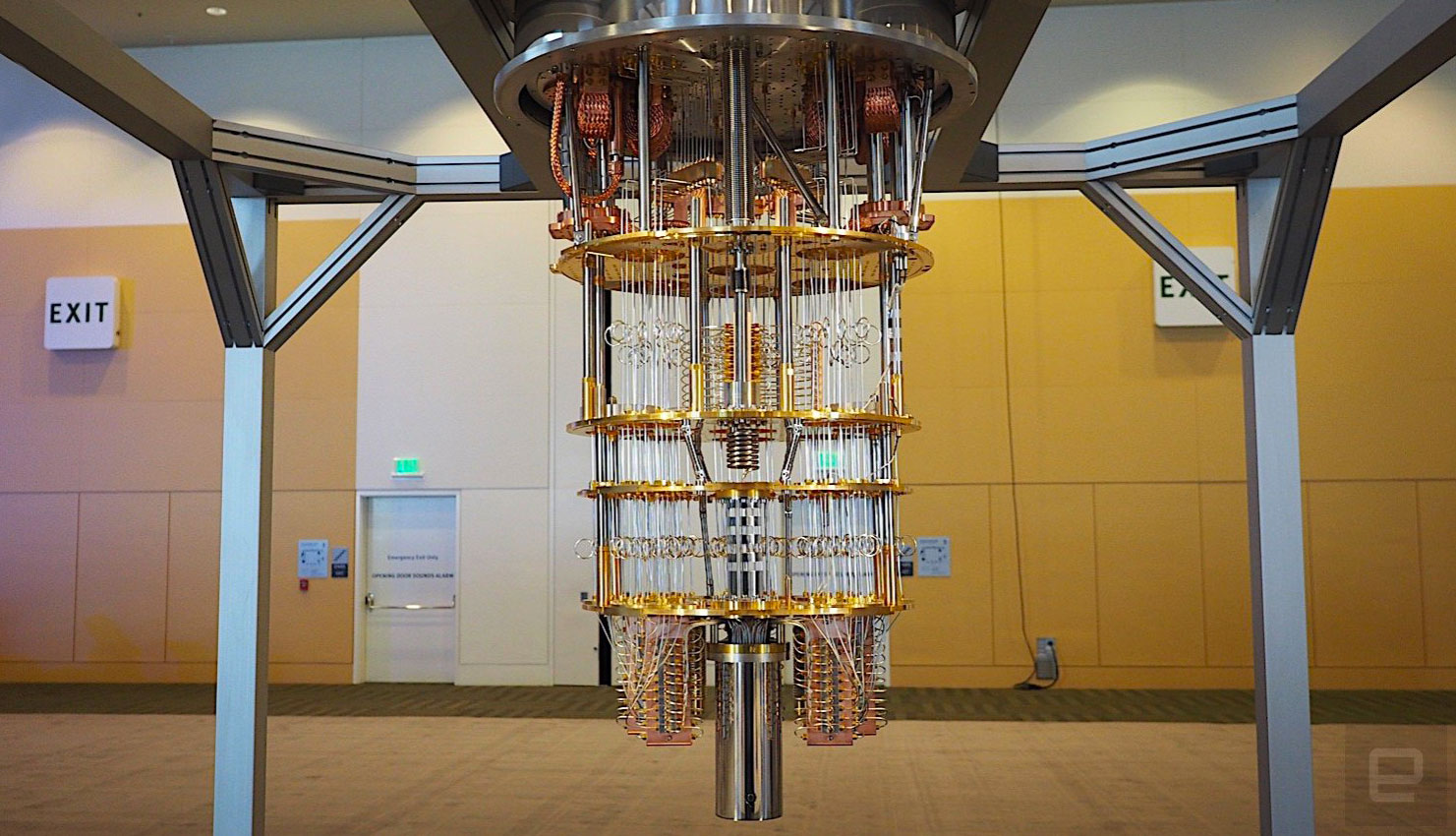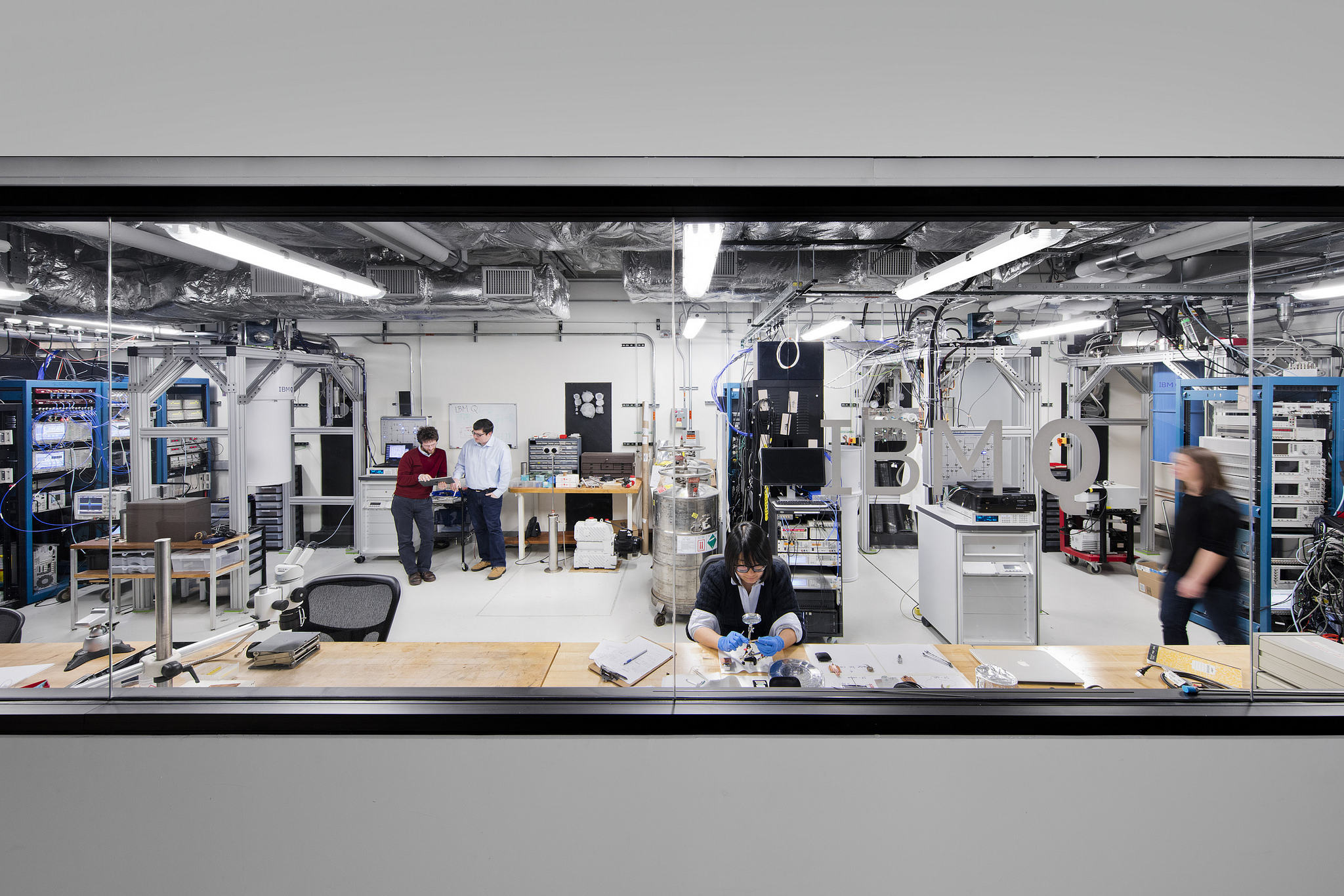
The brain is an incredibly complicated thing, so much so that scientists have spent years trying to decipher its inner workings. IBM is one such institution attempting to crack the code of the human mind. In collaboration with DARPA's SyNAPSE program, it developed a "neurosynaptic computing chip" back in 2011 designed to simulate some of the brain's functions and successfully simulated 530 billion neurons last year thanks to the world's second fastest supercomputer. Today, the company unveiled an important next step in this quest with a new software ecosystem made to program silicon chips that would closely emulate the brain's low power and compact volume.
Some of the discoveries in the new ecosystem include a multi-threaded software simulator, a neuron model that supports wide-ranging neural computations, and programs made out of "corelets," building blocks that represent neurosynaptic network blueprints. It's quite a lot to grasp to be sure, so we've embedded a video after the break of IBM explaining the possible applications of its research. As for the scientifically-minded amongst you, feel free to peruse the press release for more details on IBM's latest breakthrough in cognitive computing.
Filed under: Alt
Comments
 Perfumers look out: IBM Research partnered up with one of the top producers of flavors and fragrances, Symrise, to create an perfume-concocting AI. Named Philyra, after the Greed goddess of fragrance, it uses machine learning to sift through thousand...
Perfumers look out: IBM Research partnered up with one of the top producers of flavors and fragrances, Symrise, to create an perfume-concocting AI. Named Philyra, after the Greed goddess of fragrance, it uses machine learning to sift through thousand...
 Perfumers look out: IBM Research partnered up with one of the top producers of flavors and fragrances, Symrise, to create an perfume-concocting AI. Named Philyra, after the Greed goddess of fragrance, it uses machine learning to sift through thousand...
Perfumers look out: IBM Research partnered up with one of the top producers of flavors and fragrances, Symrise, to create an perfume-concocting AI. Named Philyra, after the Greed goddess of fragrance, it uses machine learning to sift through thousand...
 Despite the hype and hoopla surrounding the burgeoning field of quantum computing, the technology is still in its infancy. Just a few years ago, researchers were making headlines with rudimentary machines that housed less than a dozen qubits -- the q...
Despite the hype and hoopla surrounding the burgeoning field of quantum computing, the technology is still in its infancy. Just a few years ago, researchers were making headlines with rudimentary machines that housed less than a dozen qubits -- the q...
 IBM's two quantum computing platforms just took a leap forward in processing power. The company announced today that it has successfully built and tested its two most powerful quantum computers yet -- the research and business-focused Quantum Experie...
IBM's two quantum computing platforms just took a leap forward in processing power. The company announced today that it has successfully built and tested its two most powerful quantum computers yet -- the research and business-focused Quantum Experie...
 Today on In Case You Missed It: IBM Research in Zurich is using fluid to both power and cool computer chips, modeled off of the way the human brain works. University of Southampton scientists created small glass discs for mega data storage that the...
Today on In Case You Missed It: IBM Research in Zurich is using fluid to both power and cool computer chips, modeled off of the way the human brain works. University of Southampton scientists created small glass discs for mega data storage that the...
